School ParticlesSchools have a very high occupant density, special design features, and a special range of activities that can generate unique health issues. These are reflected in the assemblage of particles collected by tapelift from surfaces in the classroom. 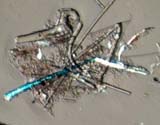
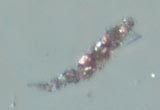
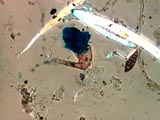

Health Complaints: Why Schools Are Different 
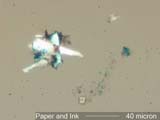
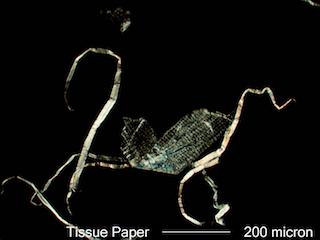

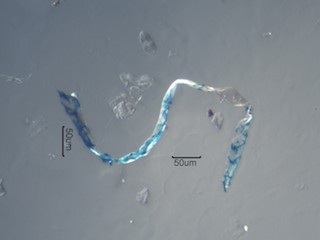
(Click here for more images of paper fiber.) Glass fiber from acoustic ceiling tiles are a major cause of health complaints in schools. The article attached here provides background information 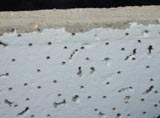

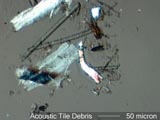
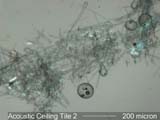
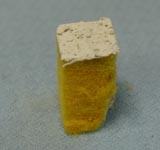
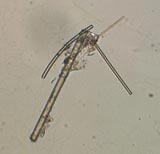
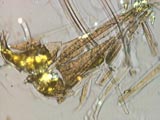
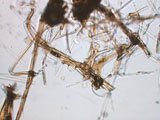
Cleaning often involves the use of strong chemicals or chemicals that oxidize to form detrimental chemicals. Cleaning leaves particle tracers. 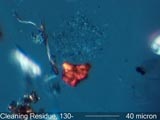
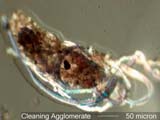
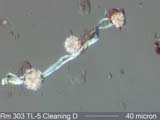
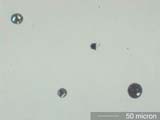
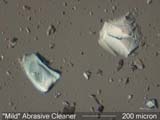
Bus and traffic emissions can be a problem at times associated with student pickup or delivery. These emissions leave particle markers. These emissions can also be a problem for school bus drivers if they don't shut off their engines while waiting for students to board or unload at school. 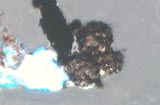
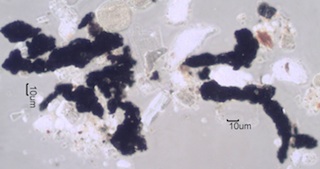
Cosmetics are generally not a health issue but may provided insight into exposures for sensitive individuals. High levels of cosmetics are evident more at the secondary school level or associated with a teachers desk or the teachers lounge. 
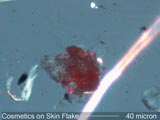 Click here for more photos in this category The presence of dry-erase ink indicates exposure to the solvents used in those pens. Black dry-erase ink can be confused with combustion residues. 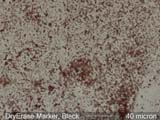
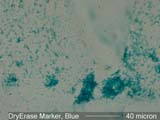
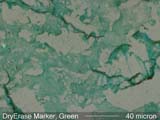
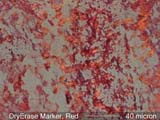
Many millions of dollars have been spent unnecessarily on mold remediation when mold was never the problem. If mold was all they looked for then mold was all they found. 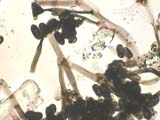
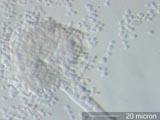
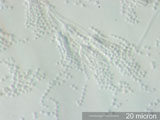


Sawdust can be a problem in wood shop or from construction activities in schools. Some woods contain toxins but all wood sawdust can be an irritant to the skin and respiratory system. 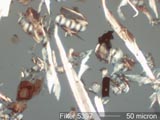
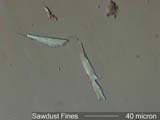 Click here for more photos in this category 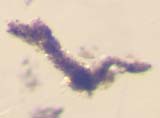


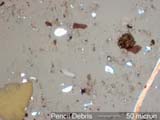


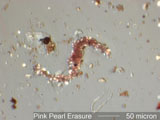 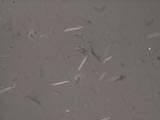
|

